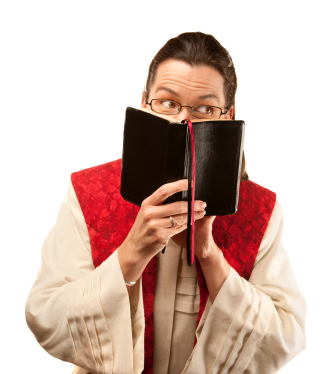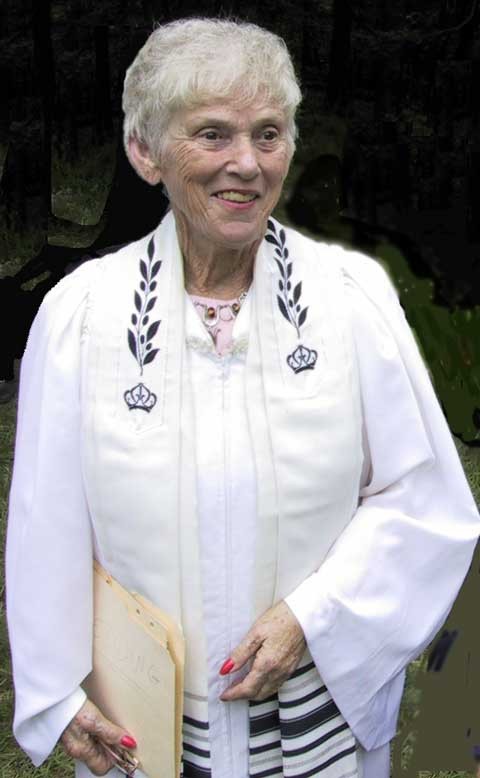 The role of women in organized religion has fluctuated throughout history. Some religions have made the ordination of women a regular practice. However, much of modern religious history reveals a less than open attitude towards propositions such as this. Despite this trend, women have served an important role in religious traditions stretching all the way back to antiquity. Prior to this period, women were central in pagan beliefs and groups that emphasized their divine figures as goddesses, primarily due to ideas and metaphors regarding the earth and fertility.
The role of women in organized religion has fluctuated throughout history. Some religions have made the ordination of women a regular practice. However, much of modern religious history reveals a less than open attitude towards propositions such as this. Despite this trend, women have served an important role in religious traditions stretching all the way back to antiquity. Prior to this period, women were central in pagan beliefs and groups that emphasized their divine figures as goddesses, primarily due to ideas and metaphors regarding the earth and fertility.
The role of women remains a controversial issue to this very day. Ordination as a religious rite is unavailable to women in most of the world’s major religions. The reasons for this restriction are primarily based on the repercussions of the shift towards a patriarchal society. The paradigm has led religions to develop cultural biases and strictly interpret theological doctrine. The controversy can run deep through society since the majority of countries prohibit sexual discrimination in the workplace but will still allow for the practice in religious organizations.
The ordination of women has gained ground in particular institutions, however. While women are prohibited from positions of high leadership in the Church of England, they are permitted to be ordained. Women have been able to advance to this level of recognition from a small step taken in 1917. It was at this time that the Anglican tradition first acknowledged women as the “bishop’s messengers.” From there they were able to become deacons and eventually priests over time. The Roman Catholic Church has not afforded women such leeway. This institution refuses to stray from the doctrine that they cite as a defense for their disposition. The canonical passage presented states that “only a baptized man validly receives sacred ordination.” The organization views this as a matter of divine law. Women breaking this ordinance will be excommunicated.

Betty Robbins in her Rabbi robe.
Despite the opposition, women across the globe have not lost faith. Orthodox Judaism only allows men to become cantors. The multiple divisions across the faith of Judaism, however, has allowed for women to take positions as a cantor. Betty Robbins was a Greece born women who received the very first honor in 1955 in New York. Some of the prominent world religions do not put nearly as much emphasis on the idea of ordination but rather, rely on more organic forms of leadership for spiritual practices. Hinduism has leaders that are called either purohits or pujaris. These priests can be men or women. In addition, ordination is not strictly practiced. Any rites such as these that are bestowed are done through gurus in the individual community. The first female Hindu priest was a Kenya born woman named Chanda Vyas. The ceremony took place in the United Kingdom.
Women all across North America and Canada are slowly shifting the balance of religious hierarchies to a state that reflects those more common throughout world history. Fidelia Gillette is thought to be the first woman ordained in Canada in 1888. She led a Universalist congregation in Ontario. Women have shown us that they will let nothing stand in their way. Other notable female ministers include Lydia Emelie Gruchy, the first female minister in the United Church of Canada and the first woman to receive an honorary Doctor of Divinity; and Elyse Goldstein, who became the first female rabbi in Canada.


